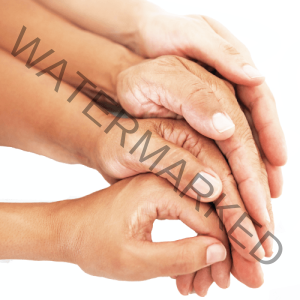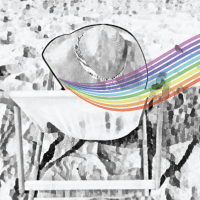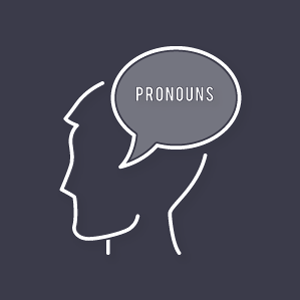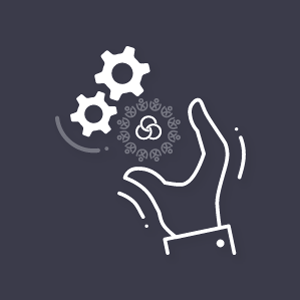
Why transgender people should compete in
professional sport
- Atilla Tiriyaki
- Average Reading Time: 6 minutes
- Community, Transgender
- articles, atillat
The continual changes that occur within professional sporting competitions could be human evolution. An alternative view could be that these elite athletes are simply changing their mindsets and motivations, pushing the boundaries from all those that came before. However, it is hard to ignore that with each new generation comes a breed of super athletes, those individuals who break long-standing world records with ease. Over the years, many exceptional athletes have come along and dominated within a particular sport. Examples are the twenty-three-time gold medallist for swimming, Michael Phelps, or the eight-time gold medallist, Usain Bolt, who won medals in the 100 and 200-meter sprints. These exceptional Olympiads often make it hard for other athletes to compete, even for others to challenge them physically in the sports they dominate. Seemingly unbeaten until new athletes appear from the next generation, creating a new breed of super athletes, so the cycle continues.
Nearly all athletes who compete professionally dedicate their lives and most of their time to becoming the best they can be. Even with all the hard work and dedication, some may never win medals or gain the international recognition they may deserve. Regardless of how good and exceptional they might be, failing to qualify highlights the quality and high standards set within the many professional sporting competitions.
Whether stories of tampering or performance-enhancing drugs, athletes who have worked hard to compete at an event have every right to feel outraged and cheated. However, recently, several articles have appeared focusing on transgender people who are competing in professional sports. Stories focused on transgender individuals who plan to participate in sporting categories and events based on their gender identity rather than their gender at birth. The classification has enraged certain groups citing that allowing transgender people to compete in professional competitions creates an unfair advantage for all the other cisgender athletes.
Do transgender people have an advantage, or is this just an outdated view that needs to be updated?
Many years ago, you would often hear statements such as a job only men can do or most women are not as strong as men. However, with women’s rights gradually improving over the past 100-years, women have successfully proven all of these statements wrong. Whether the Moroccan boxing heavyweight champion Nadia Meknouzi, known as the Lion or the millions of women worldwide now performing jobs previously reserved for men. Women have proven all of these statements, and antiquated views are untrue.
Though a person’s physique, weight, and height can all impact how they perform in certain sports, they are not gender-specific. For example, slight physiques or light framed individuals perform well within sports such as marathon running. Someone of a larger physique or heavy frame traditionally will do well in sports such as rugby.
In the 1940s, Dr W H Sheldon theorised that there were three body types, also known as somatotypes. The body types are traditionally categorised in three ways, Ectomorph, Mesomorph and Endomorph. Each body type has specific characteristics such as endomorphs having round and soft bodies, mesomorphs having more square and muscular physiques, and finally, ectomorphs being slender and fine-boned.
Though these theories have some merit and can be used in certain situations and specific conditions, the reality is that human body types and shapes are more varied. For example, a person with an endomorph body type can achieve a mesomorph physique or vice-versa. Essentially, these body type definitions simply iterate that both men and women have similar body types and shapes.
A person’s ethnicity and genetic makeup will likely be attributed to their physique; however, other factors are also relevant. Factors such as a person’s height, risks of contracting certain diseases, and many more factors will determine the body shape we will likely inherit. Though many of these factors are predetermined because of our DNA, we also have the power to make changes. Changes brought about by focusing on our diet, exercise, and overall care.
So, if men and women have the same body types and strengths, then a transgender man who has a slender build would have no more advantage than someone that is cisgender and who is born with the same physique. The only real difference is how they live their lives and how hard they work to improve their sporting performance.
People who do not know or know very few transgender people; often fail to understand the struggles they have faced. Why a transgender person identifies the way they do and what it means to them. Body dysmorphia and a lifetime of feeling trapped in the wrong body forces many to accept who they are and live their true gender identity. With stories designed to portray transgender people as deviants, articles written out of fear and lack of understanding. Claims that transgender people identify the way they do because they might want to spy on other women or men in public toilets. Alternatively, changing their identity to win medals in sporting competitions due to some perceived advantages.
Though often a convenient narrative, the simple reality is that these examples are born out of ignorance. There might be a small percentage or isolated cases where people have abused their position; however, that is true of anything in life. A transgender person will not feel the way they do, to change how the world sees them, and for their body to reflect how they feel inside because of a sporting event. Many who change their gender identity typically start with hormone replacement therapy, followed by gender reassignment surgery. Ultimately with many undergoing physical, mental and biological changes to achieve their true gender identity.
They will often spend years having to undergo psychological assessments. In addition, to the various medically trained professionals scrutinising their rationale. All the measures are designed to make 100% sure that how they feel will not go away over time. With all of the barriers, costs, mental distress and impact on a transgender person’s morale. To believe that they are going through all of this for any other reason is wrong.
Transgender individuals often become reluctant to participate in sporting events, whether by withdrawing or not even competing. Not because they were not good enough, but because they are concerned with all the attention and possible repercussions. All factors unfairly denying them the right to compete and the chance to showcase their skills.
Fortunately, these types of anti-transgender stories are not frequent; however, when they do appear, they damage the reputation of all sports and the concept of a good sportsperson. The problem is not isolated to the transgender or wider LGBTQIA+ community; negative stories circulated when Oscar Pistorius, a double amputee, entered the 2012 Olympics. Oscar competed in the 400-metre sprint using transtibial prostheses known as blades. The fact that a person who had their legs amputated, someone who had to work hard to be physically fit and use prosthetic devices, somehow had an advantage.
The reality is not a gender one, but instead is one of weight and physique. In 2021, maybe sporting competitions should consider removing the distinction between genders instead, creating competitions where those competing are of a similar class and weight. Even with reclassifications and the removal of gender-specific competitions, the reality is that every so often, male, female, non-binary or on the gender spectrum. Someone will come along, a person who has all of the components. All of the attributes, skill and dedication to become a super athlete and dominate their sport.
Super athletes should not be feared; instead, they become the goal or target that all athletes should work towards and ultimately beat. A transgender person may be a super athlete or want to compete like their peers and should not be denied their chance.





































































































